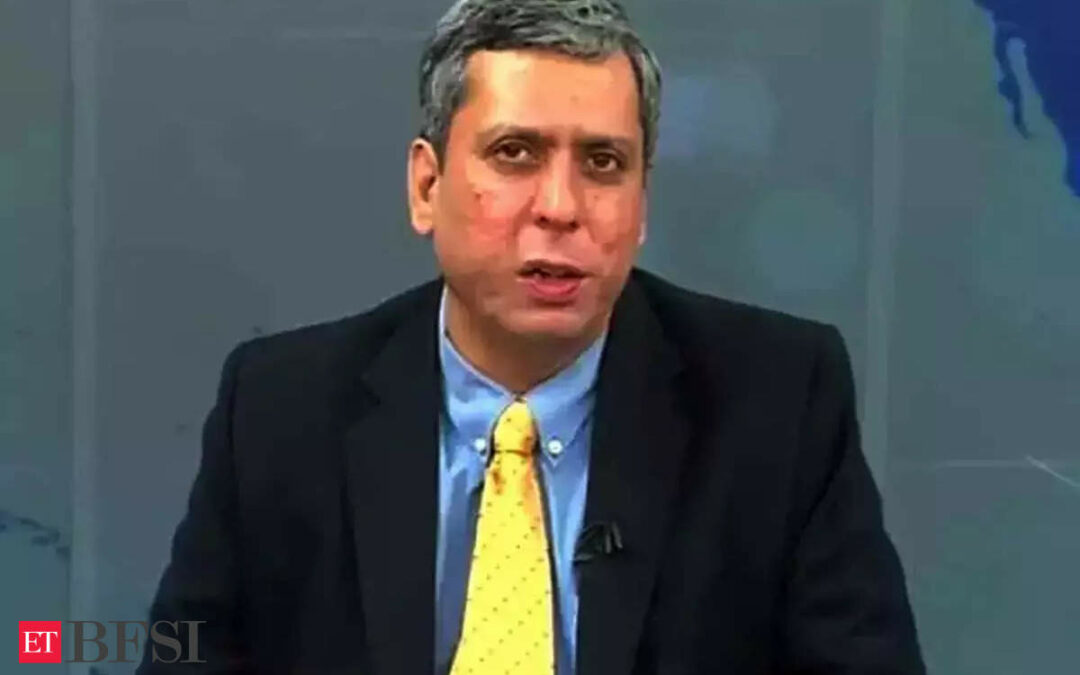Ajay Bagga, Market Expert, says the US economy is not very correlated right now with the rest of the world. It is an economy growing at 2.5%, so Fed will have a lot of time to cut rates. They would not be in a hurry is our thesis. So, probably 25 basis points each in September, November and December is what we will see.
ET Now: Give us a sense of what we can expect going into next week in terms of the FOMC meeting and see, a rate cut is largely what is pencilled in, are you hoping for or are you expecting a 25 bps cut? Are you looking ahead at a 50 bps cut? And what impact does that have for us back home?
Ajay Bagga: We are expecting a 25 basis point cut because the Fed did not act in July, so they would not like to A) send out some panic mode kind of indicators by cutting 50 in one go. Second, they would not like to say that in July they missed any bus. So, it will be a very standard rate cut that they start with. And they have a chance in November and December to make up if the economy is showing any weakness or if it is anything other than a soft landing. If you look at the global macro, we have a China slowdown, but it is still in the growth mode but slowing. We have Japan, which is doing better than anticipated and we have Europe, which is again on the slowdown and near to stall mode. So, clearly the US economy is not very correlated right now with the rest of the world. It is an economy growing at 2.5%, so Fed will have a lot of time to cut rates. They would not be in a hurry is our thesis. So, probably 25 basis points each in September, November and December is what we will see.
Of course, if the trends start showing a stronger than a soft landing in the US, then you could see higher rate cuts, but this meeting on Wednesday, probably you will see a 25 basis points cut.
What does that mean? It means more emerging market flows. It means a weaker dollar, a stronger gold level and next to gold, I think silver is in a catch-up mode. You will see silver also rallying quite strongly. Those are the cues. But India benefits from stronger emerging market flows. As it already started with the last five days of FII positive numbers coming in, we will have to wait and watch, but normally with the Fed rate cut cycle starting, emerging market flows tend to increase and India being a big part of the MSCI EM index now and China being weak, I think India could get a big chunk, nearly 20% of those flows coming into our markets.
ET Now: If you take a look at the sectoral gainers on a weekly basis, you have IT and FMCG right at the top. So, do you think it is time that these defensives came into play? It is about time that we have seen these moves on both of these defensive counters and do you think defensive is the way to go ahead now?
Ajay Bagga: I think three trends are coming out very clearly. One is the global impact of the Fed rate cut and ECB is already easing. Bank of Japan is in a catch-up mode. China is easing. So, overall, the world is easing interest rates. What does that mean? That the banks are anticipating a slowdown globally. In that kind of a scenario, you normally go into defensives and you go into domestics. So, I would say first sector one can look at is financials. Here again, the wholesale funded companies will get the bigger push as the RBI also goes into rate cuts.
Our thesis is that the RBI will cut about 75 to 100 basis points in the next 12 to 14 months. So, we are seeing rate cuts following up in India as well because the economy is being restrained by real rates being quite high, so that is one.
Second big thing that is coming through is the rural economy and the rural demand picking up after four years of very sluggish performance. So, expectation is as the festive season has started with the Ganpati festival, we are expecting rural demand to pick up. And as the harvest comes in next month, we will get clearer signals. But the FMCG players, the two wheelers, the tractor players are already signalling this coming back, so rural demand is the second part.
And third will be the sheer domestics like auto, like banks and real estate. I think these will do well. Telecom is a repricing game. Tariffs are being increased. So, telecom, you will see repricing happening there. And pharma and IT in terms of the defensives. I think within that pharma is looking more attractive. IT has run up a lot and valuations are strong. Given it is a presidential election year in the US, you might have a little slowdown in new order flow and which could pick up from next February onwards. So, in that scenario, pharma might do better for the next six months than IT.










